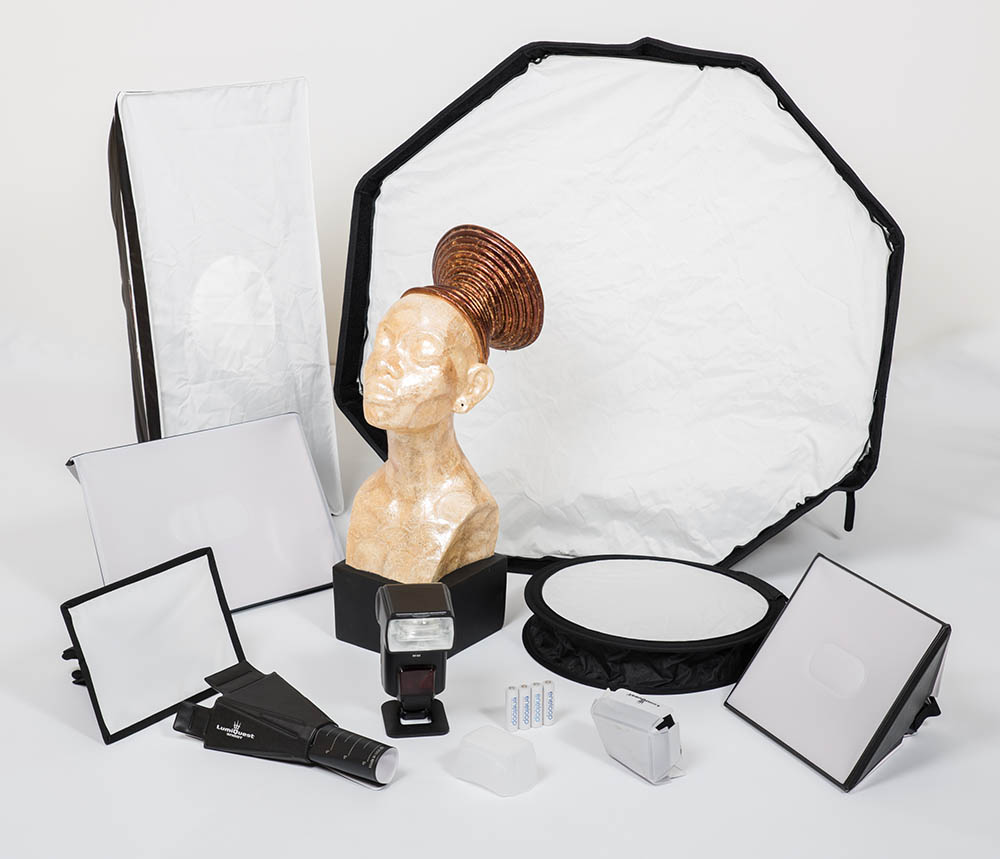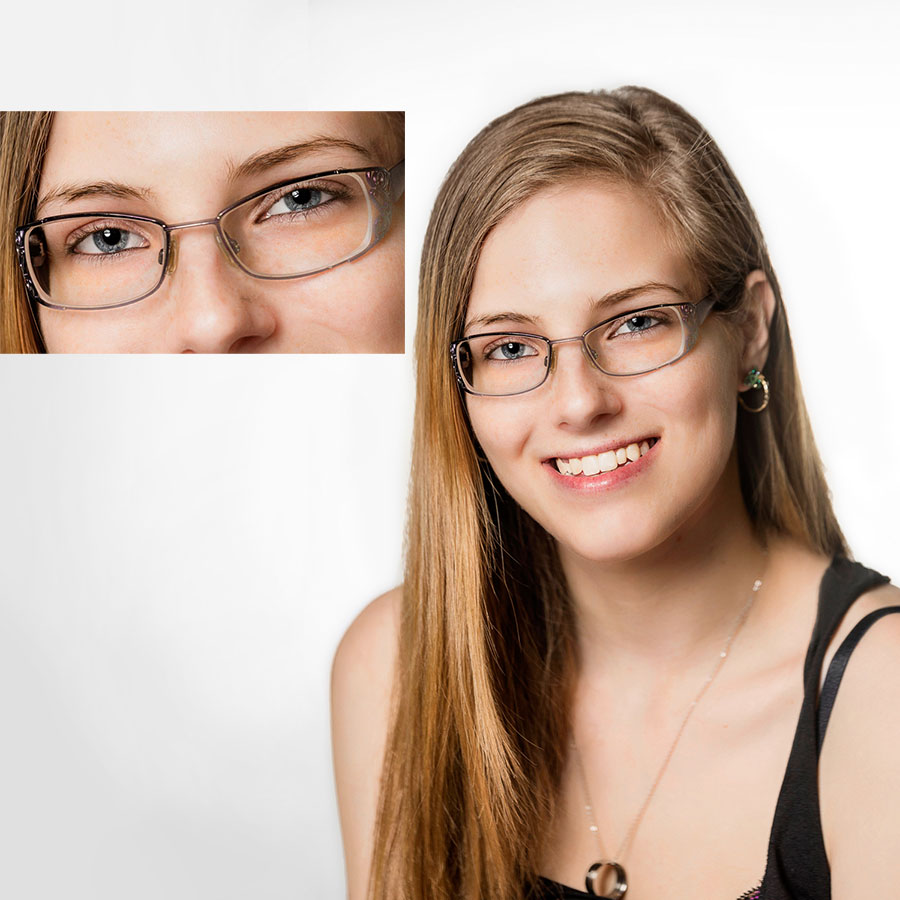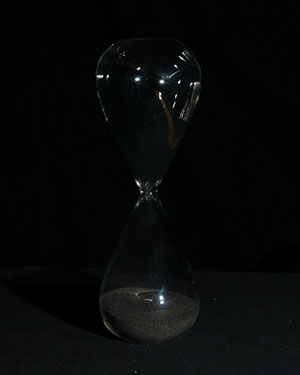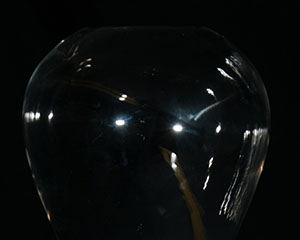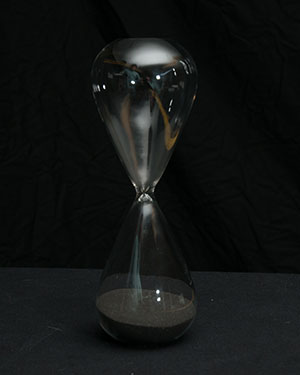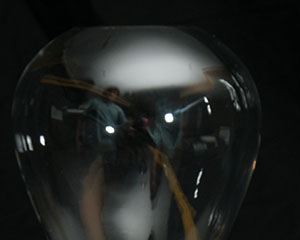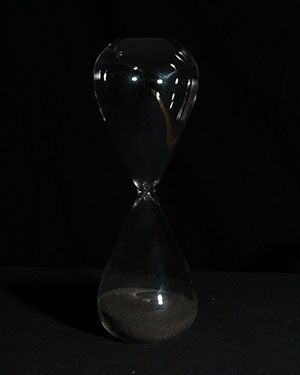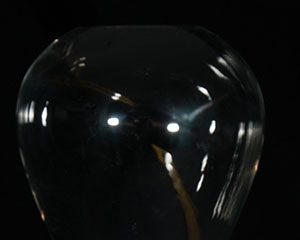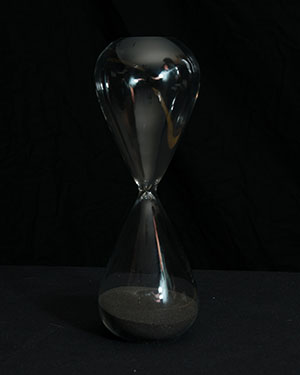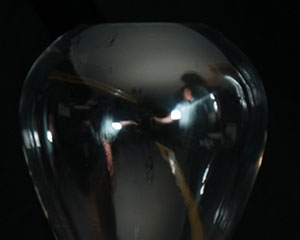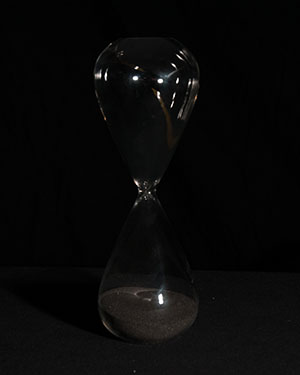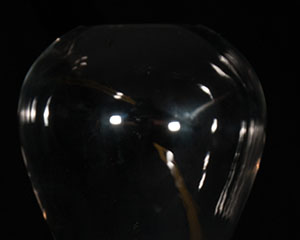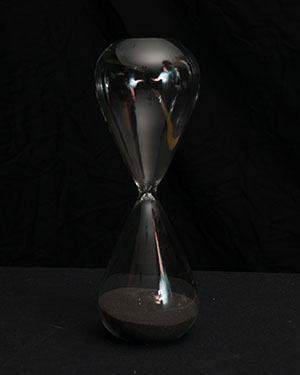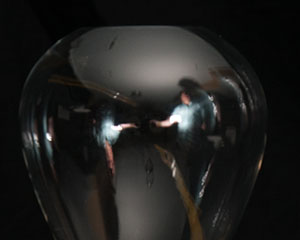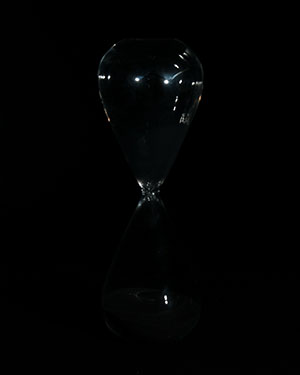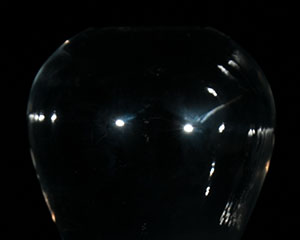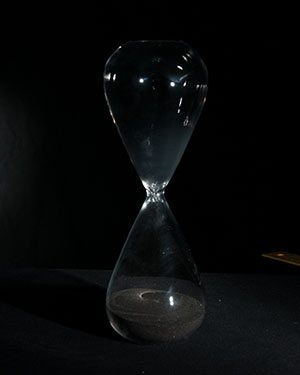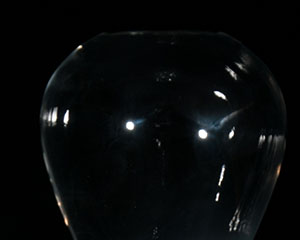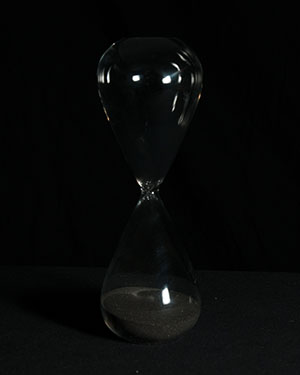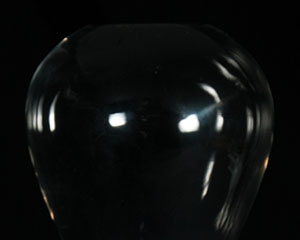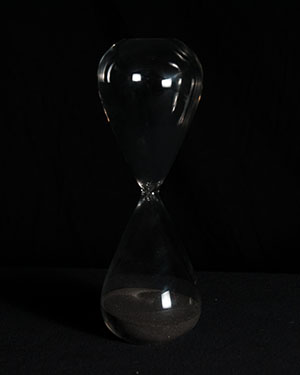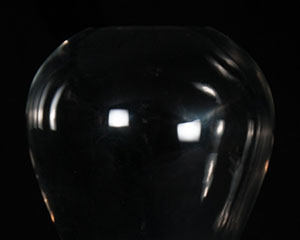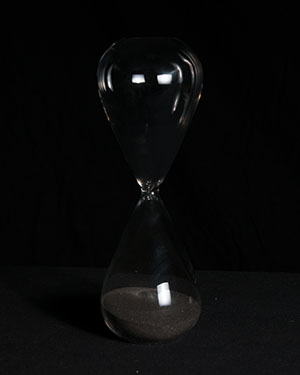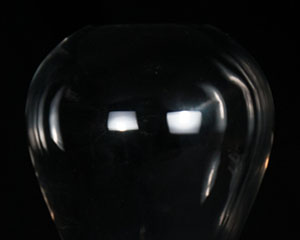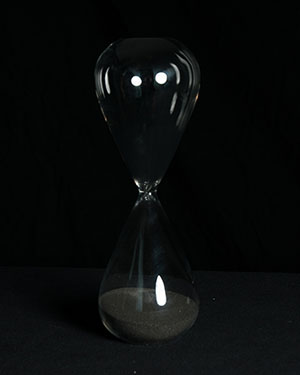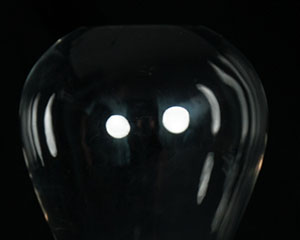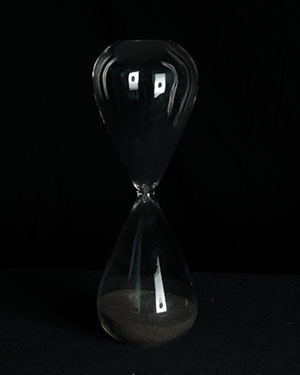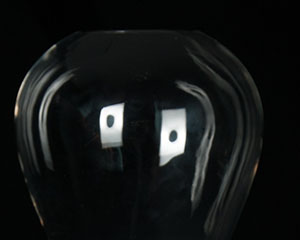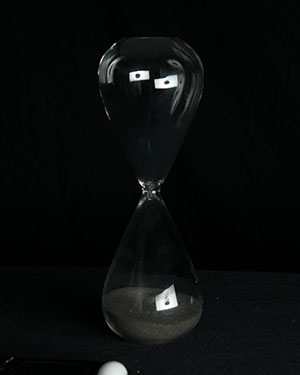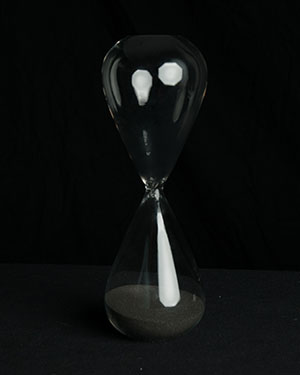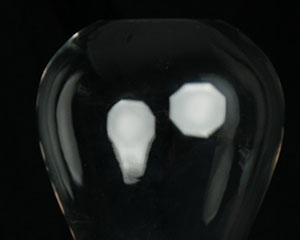What Shape of Flash Modifier Do I Need?
Most photographers, after they have added a couple of lenses, will invest in a Flash – also known as a Speedlight for their camera. There are many advantages to adding a Flash to your camera bag. This series of articles will help you choose not only which modifiers you need, but how shape, size, type and colour can affect your photos.
This issue’s article concerns Flash Modifier Shape – Should I use a circle? A rectangle? Will one modifier do everything I need? Let’s take a look at our line-up:
The flash being used is the Cactus RF60 – a fully manual flash with a built-in transceiver. The reason for this flash is that it’s output is consistent – whether on camera or off-camera – to ensure the same power output. Eneloop AA batteries are used for the same reason. Light is more consistent with good batteries in your flash.
To ensure consistent output, the Cactus V6 Wireless Flash Transceiver is used on camera; the RF60 is mounted on a lightstand. A Gossen Digisky light meter is used to ensure that light output is a consistent f8 @ISO200, 1/200s from each modifier.
Due to the different intensities of light (modifiers block varying amounts of light), each modifier was metered to the same output for consistency for this exercise.
The light modifiers being used start with the Cactus DC60 plastic diffuser, LumiQuest UltraBounce, Snoot XTR, Softbox III and Softbox LTp, Metz SB22-16 and Aurora Lite Bank Speedbounce 30, FireflyII Strip and Firefly Duet 75cm.
So we have the gear, but WHY is this important? Why do you, as the photographer, care?
Some shapes are obvious: a strip box, such as the FireflyII Strip, emits a narrow beam of light. It’s a great rim light or underneath accent light.
But what about squares, rectangles and circles? Think back to your favourite portraits, and your subjects eyes. The reflection of light in your subjects eyes are called “catchlights” and those catchlights are what add life to your portraits. Square/Rectangular catchlights are similar to what you would get if you posed near a large window; round catchlights usually happen under sunlight.
Since models move and smile and can’t sit still, I used an hourglass – it’s round like an eye, reflective like an eye and has even more surfaces to show the effects of the modifier shape. My Nikon (with Cactus V6 on top) is mounted on a sturdy Vanguard ABEO Plus 323AB Tripod, the hourglass on a table and RF60 flash on a lightstand. I’m also measuring 24 inches from the front of each modifier to the hourglass, to ensure more consistent lighting.
Bare Flash
Integrated Fill Card Bounce Flash
DC60 Dome Straight
DC60 Dome Bounced
Ultrabounce Straight
Ultrabounce Bounced
Snoot XTR
Snoot Extended
Metz SB22-16
Softbox III
Softbox LTp
Speedbounce
FireflyII Strip Vertical
FireflyII Strip Horizontal
Firefly Duet
It’s quite clear that the smaller modifiers create smaller catchlights, with bare flash and Snoot XTR being the smallest and most direct. However, the inverse isn’t necessarily true. While Firefly Duet is the largest modifier, the FireflyII Strip creates large catchlights due to how it wraps light around the curve.
If you move your light source closer to your subject, you can create larger catchlights, but that also changes your light pattern and intensity: a closer light source is softer than one further away.
You can also see how the different “Bounce” modifiers really fill the studio with light and there are reflections of the ceiling and the photographer – light is thrown every which way.
My personal first choice is a large, soft light – like the sun through the clouds. I normally pick the Speedbounce, Firefly Duet or Softbox LTp as a main light for this reason. If I was photographing a smaller subject, a pet or a baby, the Softbox III and Metz SB22-16 are also great choices.
Domes and bouncers, whether DC60 or Ultrabounce, or simply your integrated fill card, are great for fill. Not only do they add just a touch of light, but they also create a second, smaller catchlight to make your subjects eyes pop a bit more.
Snoot XTR is a really focused light, so I wouldn’t recommend it for a main light. Snoots are a great accent light – use them to highlight something specific. Thankfully, they also create a round catchlight, which can help in a portrait.
The shape of modifier you choose really needs to be suited to your subject. Generally, the smaller your subject, the smaller your modifier. Likewise, the larger your subject, the larger your modifier. Don’t be afraid to mix and match, but keep an eye out for all the ways your choice can affect your subject.
Next time around, I’ll explore the different types of flash modifiers in more depth, from everything that fits in a small camera bag to large umbrella style units.
Let’s just agree … Bare Flash is bad! Repeat after me: “I will never point my flash directly at anything!” “I will never point my flash directly at anything!” “I will never point my flash …”
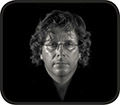
About the Author
Will Prentice (www.capturaphoto.ca) is a professional photographer based out of Whitby, Ontario and Brand Specialist – Lighting for Amplis.



